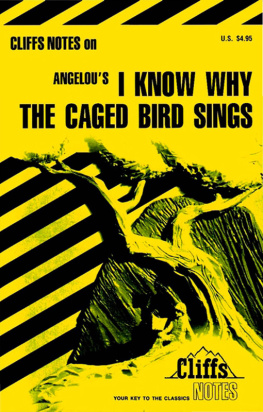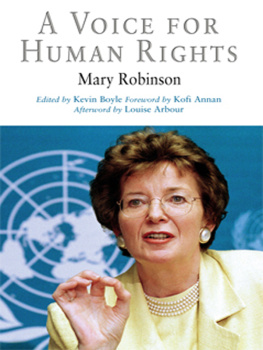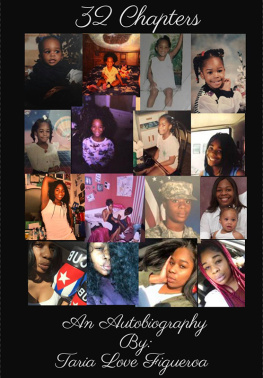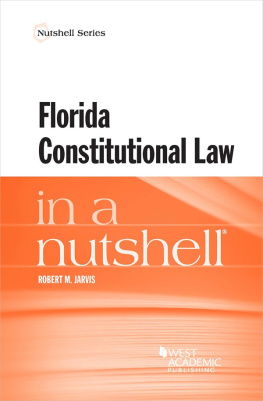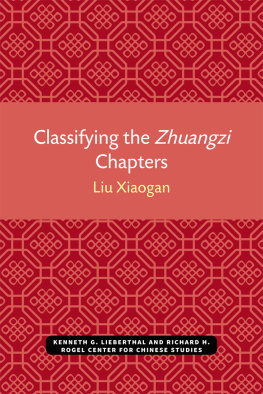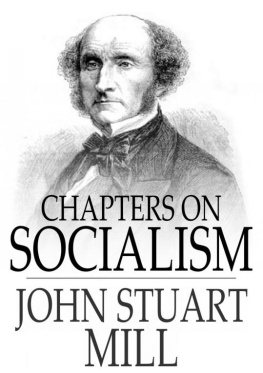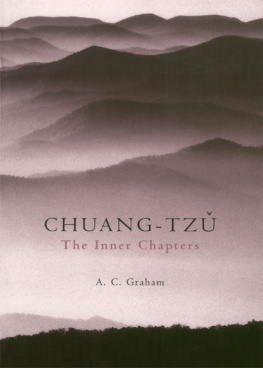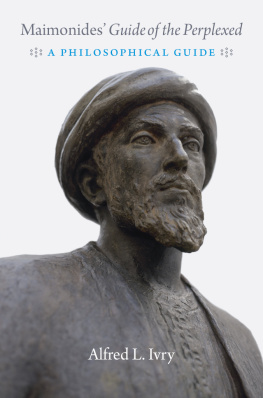Copyright 2013 Houghton Mifflin Harcourt Publishing Company
All rights reserved
www.hmhbooks.com
cliffsnotes.com
No part of this work may be reproduced or transmitted in any form or by any means, electronic or mechanical, including photocopying and recording, or by any information sotrage or retrieval system without the prior written permission of Houghton Mifflin Harcourt Publishing Company unless such copying is expressly permitted by federal copyright law. Address inquiries to Permissions, Houghton Mifflin Harcourt Publishing Company, 215 Park Avenue South, New York, New York 10003.
The publisher and the author make no representations or warranties with respect to the accuracy or completeness of the contents of this work and specifically disclaim all warranties, including without limitation warranties of fitness for a particular purpose. No warranty may be created or extended by sales or promotional materials. The advice and strategies contained herein may not be suitable for every situation. This work is sold with the understanding that the publisher is not engaged in rendering legal, accounting, or other professional services. If professional assistance is required, the services of a competent professional person should be sought. Neither the publisher nor the author shall be liable for damages arising here from. The fact that an organization or Website is referred to in this work as a citation and/or a potential source of further information does not mean that the author or the publisher endorses the information the organization or Website may provide or recommendations it may make. Further, readers should be aware that Internet Websites listed in this work may have changed or disappeared between when this work was written and when it is read.
Trademarks: CliffsNotes, the CliffsNotes logo, Cliffs, cliffsnotes.com, and all related trademarks, logos, and trade dress are trademarks or registered trademarks of Houghton Mifflin Harcourt Publishing Company. All other trademarks are the property of their respective owners. Houghton is not associated with any product or vendor mentioned in this book.
Library of Congress Cataloging-in-Publication data is available.
ISBN 0-8220-7096-0
eISBN 978-0-544-18213-4
v1.0713
Life and Background of the Author
Lauded as a multifaceted superstar, Maya Angeloua tall, gap-toothed, spirited individualist who is often labeled feminist writer, African-American autobiographer, historian, lecturer, journalist, activist, filmmaker, poet, singer, actor, and storytellerfits no single designation. She set out to whip a variety of challenges, including the language barrier, and learned French, Italian, Spanish, Serbo-Croatian, Arabic, and Fanti, a Ghanaian dialect. Her dazzling blend of talents and energies renders her uniquely suited to a variety of self-directed projects, all of which broaden and ennoble her. Her works, translated into ten languages and hitting bestseller lists on two continents, attest to an indomitable spirit. In her words, I will not allow anybody to minimize my life, not anybody, not a living soulnobody, no lover, no mother, no son, no boss, no President, nobody.
Childhood and Adolescence. As she reveals in I Know Why the Caged Bird Sings, Maya Angelou [mah yuh an jeh loh] was born Marguerite Ann Johnson in St. Louis, Missouri, on April 4, 1928. The second child and first daughter of Bailey Johnson, a brash, insouciant Navy dietician, and Vivian Baxter Johnson, a nurse by profession and gambler by trade, Angelou acquired the first half of her pen name from her brother, Bailey Junior, whose babyish babbling transformed my sister into Maya. Following her parents divorce in 1931, Maya and Bailey, labeled on their wrists with To Whom It May Concern, were dispatched by train from Long Beach, California, to Stamps, Arkansas, a rural Southern backwash that contrasted deeply with the citified gaiety of Mayas birthplace.
Stamps nurturing community spirit became Mayas surrogate family. Under the care of Momma, the childrens Old South paternal grandmother, and their semi-paralyzed Uncle Willie, the children lived in the towns black quarter in the rear of the Wm. Johnson General Merchandise Store, the family-owned grocery and feed store. There they absorbed iron-clad, no-nonsense religious and moral training, punctuated by lashes with a switch from a peach tree, and reminders that the Almighty brooked no laxness and that Momma Henderson tolerated neither dirt nor backtalk. Mayas escapism from her grim, dutiful everyday life led her to classic literature, particularly white writersShakespeare, Kipling, Poe, Thackeray, and James Weldon Butlerand notable black authorsPaul Dunbar, Langston Hughes, W E. B. Du Bois, and James Weldon Johnson.
Returned by her father to the Baxters extended family in St. Louis in 1936, Maya, thoroughly indoctrinated with Mommas strictures, was reintroduced to the easy ways of the big city, where her selfabsorbed mother drank and danced in gambling halls, kept company with a new man, and encouraged her babies to enjoy food, music, and other indulgences which had been in short supply in Stamps. This idyllic season in Mayas life ended abruptly after Vivians lover, Mr. Freeman, raped Maya. To add to the emotional torture, she was forced to testify against her attacker. After her uncles murdered the rapist, the tenderhearted eight year old, refusing to speak, crept into a wounded, private world of fear and guilt.
Unsuited to the demands of an emotionally damaged child, Vivian returned Maya to Stamps, where, with Mommas guidance, she rebuilt self-esteem by cocooning herself from the outside world, reading classic literature, excelling at school, and imitating the genteel, bookish tastes of Mrs. Bertha Flowers, an oldschool black Southern aristocrat who ministered to her need for pampering. Following Mayas graduation with honors from the eighth grade at Lafayette County Training School in 1940, Momma escorted her to Los Angeles, where Vivian met them and helped them move into an apartment. After Bailey joined them a month later, Momma returned to Stamps, and Maya and Bailey joined Vivian in Oakland. Later, after Vivian married Daddy Clidell Jackson, the family eventually settled in a fourteen-room house on Post Street in San Franciscos Fillmore district.
Matriculating by day at George Washington High School and in the evening at the California Labor School from 1941 to 1945, Maya, who dreamed of becoming a real estate agent, complete with briefcase (in spite of her grandmothers hopes that she would become a preacher) developed the blend of scholarship and creativity that undergirds her current success. Following a short vacation at her fathers trailer in southern California and a thirty-day disappearance, she returned to her mothers care and besieged city bureaucracy for a job as San Franciscos first black streetcar conductor. Shortly after summer school graduation from Mission High, she bore a son, Clyde Bailey Guy Johnson, who was fathered by a neighborhood boy.
Young Womanhood. For the remainder of the 1940s, to support her child, Angelou moved about California and took a variety of jobsdancing in night clubs, cooking at a Creole cafe, removing paint at a dent and body shop, and serving as madam and sometime prostitute at a San Diego brothel. Terrified of arrest for her illegal activities, she hastily returned to Stamps, then Louisville, where the army accepted, then ousted her because of her connection with the California Labor School, which was sponsored by the Communist Party. In the interim, she eased the pain of rejection with marijuana and a new career hoofing to Blue Flame and Caravan as one half of the exotic dance duo of Poole and Rita.
More short-term jobs followed, including fry cook in Stockton and a second short stint in prostitution. However, when Angelou became aware of Baileys deep despair over the death of his young wife, Eunice, she relumed her attention to family matters, and, in spite of his great sorrow, Bailey, concerned for the company his sister was immersed in, forced her to give up her dissolute life. A yearning to support herself drove Angelou to sell stolen clothes for a junkie, but on his advice, she stayed free of drugs, escaped the seamy life, and again sought a legitimate job.
Next page
